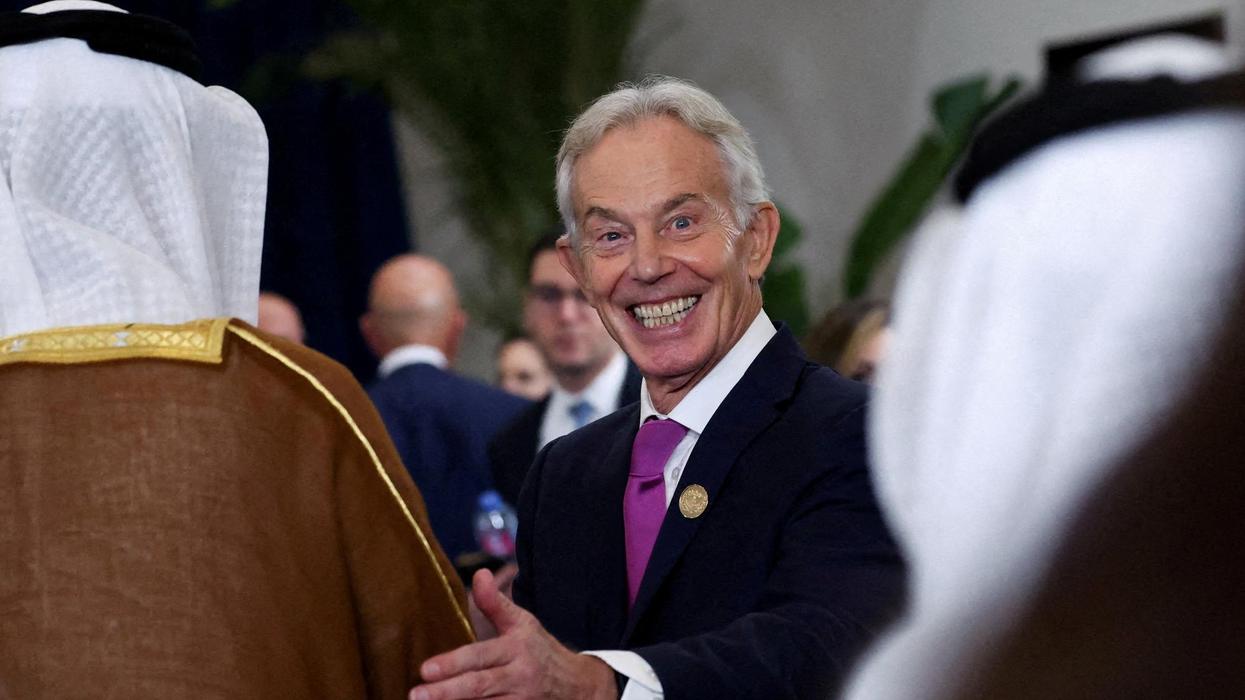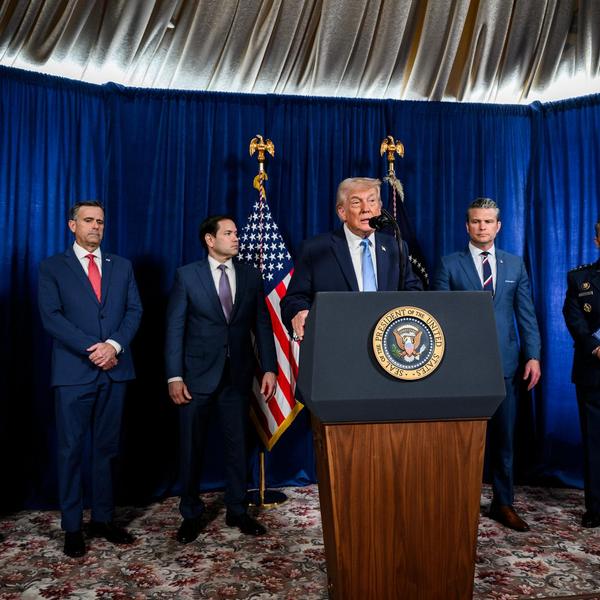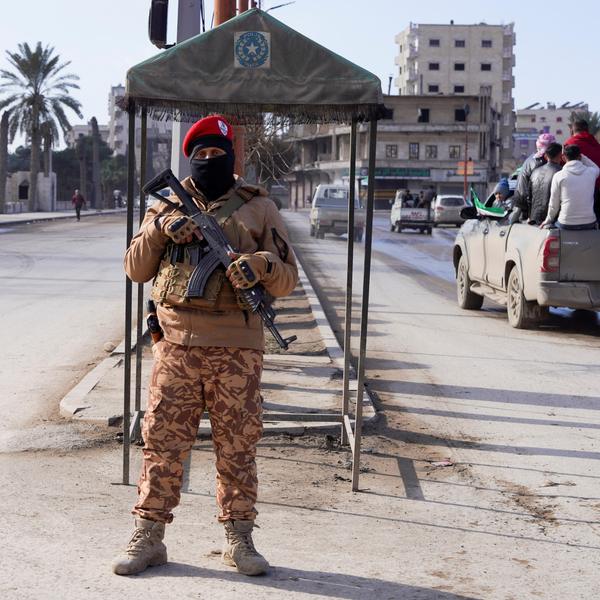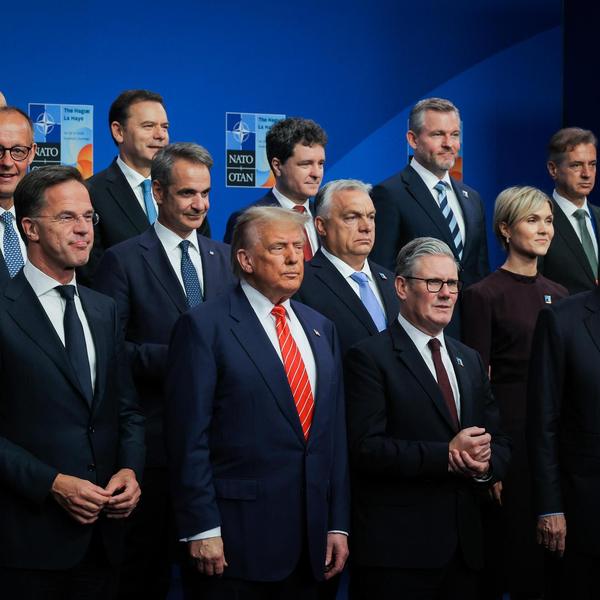President-elect Joe Biden will inherit a 10-year-old crisis in Syria that continues to pose acute strategic and humanitarian challenges. The new administration has an opportunity to re-evaluate U.S. policy on Syria, prioritizing diplomacy to advance our interests.
One of us has been known for years as a strong critic of Syrian President Bashar al-Assad and Syria's domestic and external policies. The other has been a strong critic of the notion that pressure alone will change what we consider to be problematic behavior. Our policy differences, especially regarding President Assad remain strong, making our joint recommendation that much more significant. Indeed, we agree that, with the exception of confronting the ISIS threat in northeast Syria, U.S. policy since 2011 has failed to produce positive results – and that a pivot is necessary.
U.S. interests in Syria include eliminating the threat posed by terrorist groups, preventing the use and proliferation of chemical weapons, and alleviating the suffering of millions of civilians whose lives have been shattered by the combination of war, repression, corruption, and sanctions.
Additionally, Syria is a flashpoint for conflict among external forces, including between the United States and Russia, Israel and Iran, Russia and Turkey, and Turkey and the U.S.-supported Kurds. Another important interest is the refugee burden on neighboring countries and Europe, where mass migration continues to fuel populist reaction.
Current U.S. policy — centered on isolating and sanctioning Syria — has succeeded in crippling the country’s already war-ravaged economy, but it has failed to produce behavioral change. Earlier efforts to train, equip, and arm opposition groups to pressure Assad to change direction or leave power were equally unsuccessful. Instead, these policies contributed to Syria’s deepening reliance on Russia and Iran.
U.S. and EU sanctions have led to severe shortages and contributed to a collapse of the Syrian currency, but they have neither weakened key support among Assad’s core domestic constituency nor changed the conduct of the ruling elite. The sanctions policy has left the United States on the sidelines and Russia, Turkey, and Iran as the main arbiters of Syria’s future. Meanwhile, U.N.-led diplomatic efforts in Geneva centered on constitutional reforms have stalled.
Worse, punitive sanctions on Syria are producing unintended harmful humanitarian consequences by deepening and prolonging the misery of ordinary Syrians, enabling war profiteers and decimating the Syrian middle class, a potential engine for stability and long-term reform. It is safe to assume that the country’s leadership does not suffer because of sanctions.
The United States is now confronted with a choice between the current approach, which has succeeded only in contributing to a festering failed state, or a reconceived diplomatic process that aims to develop a detailed framework for engaging the Syrian government on a limited set of concrete and verifiable steps, which, if implemented, will be matched by targeted assistance and sanctions adjustments from the United States and EU.
The goal of this framework would be to halt the downhill spiral in Syria and to re-energize diplomacy by offering a phased approach that enables progress on discrete issues and giving the Syrian government and its backers a clear pathway out of the current economic and humanitarian crisis. It does not address the strategic challenge of Syria’s alignment with Iran and Russia, objectionable to the United States, nor hold anyone accountable for the appalling deaths and destruction in Syria — but neither has the current approach.
The building blocks for such a framework are detailed in a Carter Center paper released in early January and based on the Center’s extensive consultations with Syrians on all sides of the country’s political divides as well as the international community.
First, the United States should consider exempting from sanctions all humanitarian efforts to combat COVID-19 in Syria. Equally urgent would be facilitating the reconstruction of essential civilian infrastructure, such as hospitals, schools, and irrigation facilities. Next would follow a phased and reversible easing of U.S. and European sanctions.
These steps would be triggered only when the United States and its European allies verify the implementation of concrete steps negotiated with the Syrian government. Monitoring mechanisms would ascertain progress. Steps would include the release of political prisoners, dignified reception for returning refugees, civilian protection and unhindered, countrywide humanitarian access, the removal of remaining chemical weapons, and political as well as security sector reforms, including good-faith participation in the U.N.’s Geneva process and greater decentralization.
There should be no illusions, however; the barriers to success are many. The Syrian leadership has shown little willingness to compromise. Momentum in this step-by-step approach requires verifiable Syrian action, and mere lip service to reform will result in suspension of U.S. and European incentives and could trigger “snapback” sanctions.
Most countries advocating Assad’s departure abandoned that maximalist demand years ago. But they continued policies of pressure and isolation that failed to produce any of the reforms envisioned in this transactional, step-by-step proposal. This is not a gift to the Syrian government, which is responsible for much of the deaths and destruction during the past 10 years. It is instead a suggestion that perpetuating the status quo will not suddenly produce different results than those we have witnessed since 2011. By publicly releasing a negotiated menu of reciprocal steps, the United States and Europe can, in essence, apply a different type of pressure on Syria to produce the reforms that have been rejected so far.
A change of U.S. presidential administration offers an opportunity to pivot and test this new approach.
















